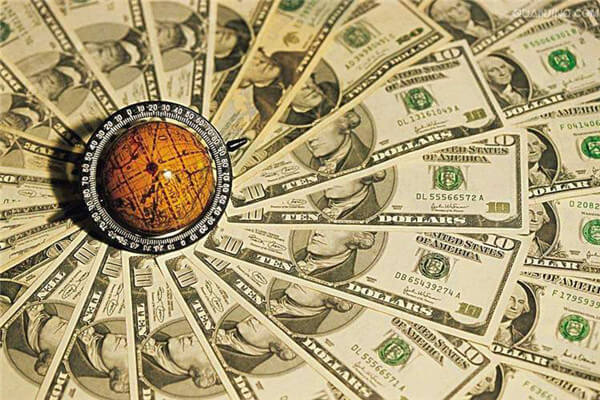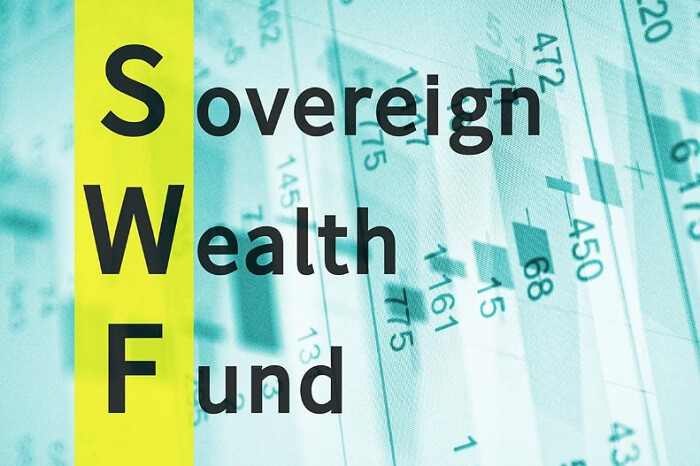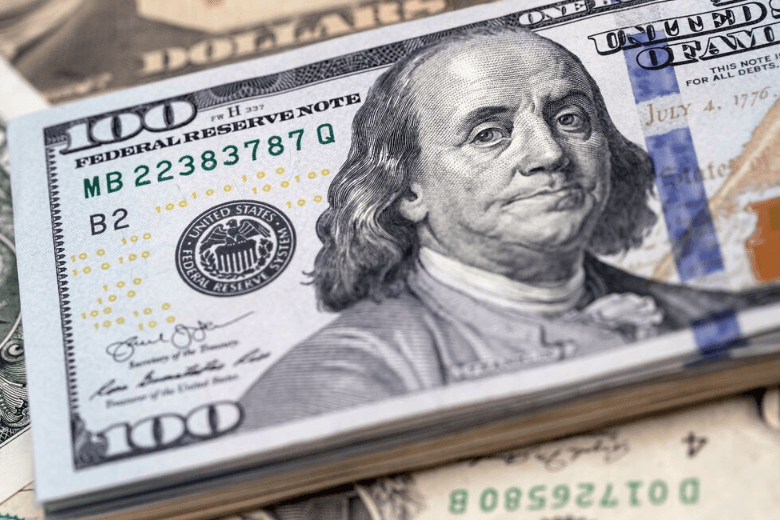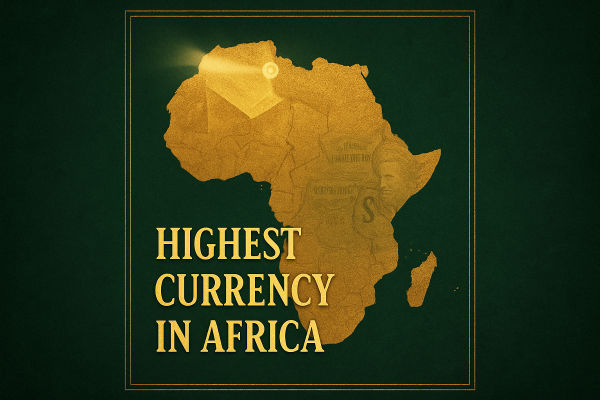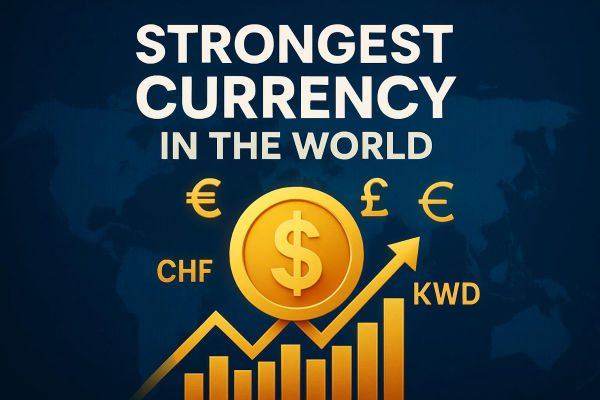Foreign exchange reserves are closely related to national financial security.
In 2022, Sri Lanka's bankruptcy attracted widespread attention, and one of the
key issues is the shortage of foreign exchange reserves. Sri Lanka's foreign
exchange reserves remain at only $25 million, far below the $50 billion in
international funds that the country needs. A similar situation also occurred in
Ukraine, where Ukraine, devastated by the Russo-Ukrainian War, had to urgently
use its foreign exchange reserves to protect its fragile economy. These two
cases clearly demonstrate that foreign exchange reserves are closely related to
the national economy.
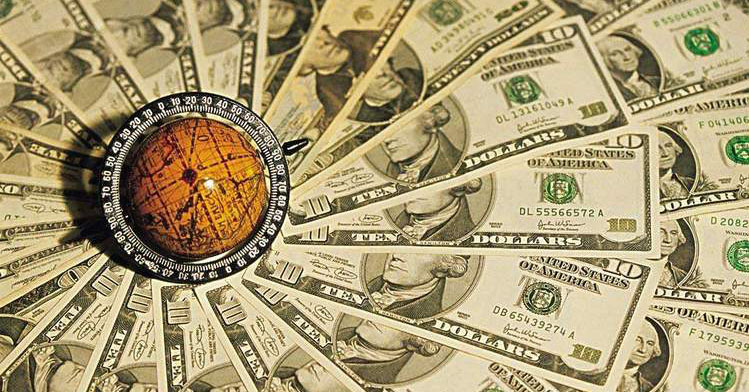
So what are foreign exchange reserves? Foreign exchange reserves refer to
assets held by the central bank of a country, region, or economy that can be
exchanged for other countries' currencies at any time. In short, foreign
exchange reserves usually consist of four main components: gold held by the
government, convertible foreign currency held by the government, funds of the
central bank abroad, and assets of all financial institutions abroad. Foreign
exchange reserves are usually measured in US dollars.
Does the amount of foreign exchange reserves represent the strength of a
country's economy? This is a complex problem. The higher the foreign exchange
reserves, the more resistant a country is to financial crises or external
shocks. But excessive foreign exchange reserves can also bring problems. When a
large amount of foreign investment flows in or out, it may lead to drastic
fluctuations in exchange rates and asset prices, which can have a negative
impact on the economy.
Let's take a look at the top ten economies in global foreign exchange
reserves:
-
China: As the world's largest exporter, China mainly exports mechanical and
electrical products, high-tech products, three-C products, clothing, textiles,
etc. It has created a large amount of foreign exchange and holds over 3.2
trillion US dollars in foreign exchange reserves, ranking first. According to
data from the General Administration of Customs of China, China's total exports
in May 2022 reached 308.2 billion US dollars, an increase of 16.9%
year-on-year.
-
Japan: Japan's main export commodities include semiconductors and
automobiles, with approximately $1.4 trillion in foreign exchange reserves
ranking second. According to data from the Ministry of Finance of Japan, Japan's
total exports reached a historic high of 4590 billion yen from January to June
2022.
-
Switzerland: Switzerland mainly exports chemical and pharmaceutical products
and other commodities, with a foreign exchange reserve size of approximately 850
billion US dollars. Switzerland's export value in the second quarter of 2022
reached 66.2 billion Swiss francs.
-
India's foreign exchange reserves are approximately 680 billion US dollars,
mainly exporting engineering products and petroleum products. India has taken
some measures to challenge the dominance of the US dollar, such as using the
rupee for cross-border trade settlements.
-
Russia: Russia mainly exports oil and natural gas and is also a major
producer of gold, coal, wheat, wood, and nickel, with a foreign exchange reserve
size of approximately 630 billion US dollars.
-
Hong Kong: Hong Kong relies on exports of electronic components, especially
semiconductors, with foreign exchange reserves of approximately 430 billion US
dollars. Hong Kong is also known for its exports in the fields of toys,
machinery, and watches.
-
Taiwan: Taiwan mainly exports semiconductors and petroleum products, as well
as exports in areas such as steel, biotechnology, and batteries. Its foreign
exchange reserves are approximately 580 billion US dollars.
-
saudi arabia: Saudi Arabia mainly relies on oil exports, with foreign
exchange reserves of approximately $460 billion, in an attempt to reduce its
dependence on the US dollar.
-
South Korea's economic growth is driven by exports in fields such as
semiconductors, petroleum reprocessing, steel, and biotechnology, with foreign
exchange reserves of approximately $400 billion.
Singapore: Singapore's main economic pillar is exports in the fields of
electronic machinery, pharmaceutical products, petrochemical products, and
chemical products, with foreign exchange reserves of approximately $320
billion.
The top ten economies in global foreign exchange reserves
| Country |
Core Export Goods |
Foreign Exchange Reserves |
| China |
Machinery, High-tech products, 3C products, Clothing, Textiles |
Over $3.2 trillion |
| Japan |
Semiconductors, Automobiles |
Approximately $1.4 trillion |
| Switzerland |
Pharmaceutical products |
Approximately $850 billion |
| India |
Engineering products, Petroleum products |
Approximately $680 billion |
| Russia |
Oil, Natural Gas, Gold, Coal, Wheat, Timber, Nickel |
Approximately $630 billion |
| Hong Kong |
Electronic components, Toys, Machinery, Watches |
Approximately $430 billion |
| Taiwan |
Semiconductors, Petroleum Refineries, Steel, Biotechnology, Batteries |
Approximately $580 billion |
| Saudi Arabia |
Petroleum |
Approximately $460 billion |
| South Korea |
Semiconductors, Petroleum Refineries, Steel, Biotechnology |
Approximately $400 billion |
| Singapore |
Electronic Machinery, Pharmaceuticals, Petrochemicals, Chemicals |
Approximately $320 billion |
Why is the United States not among the top ten in global foreign exchange
reserves? In fact, the United States' foreign exchange reserves are only $234.4
billion, and it has not even entered the top 15. But this does not affect the
strong position of the United States. The US dollar is the world's main reserve
currency, which means that the United States has the power to dominate global
exchange rates and commodity prices. Moreover, the strength of the United States
is not only reflected in its military power but also in its possession and
control of hard currency in global financial markets.
The level of foreign exchange reserves is related to a country's economic
strength, but it is not the only factor. The main role of foreign exchange
reserves is to maintain exchange rate stability and financial market stability.
When measuring a country's economic strength, the global ranking of foreign
exchange reserves has a reference value, but it is not the only indicator. It is
necessary to comprehensively consider multiple factors to evaluate a country's
overall economic situation.
Disclaimer: This material is for general information purposes only and is not intended as (and should not be considered to be) financial, investment or other advice on which reliance should be placed. No opinion given in the material constitutes a recommendation by EBC or the author that any particular investment, security, transaction or investment strategy is suitable for any specific person.
